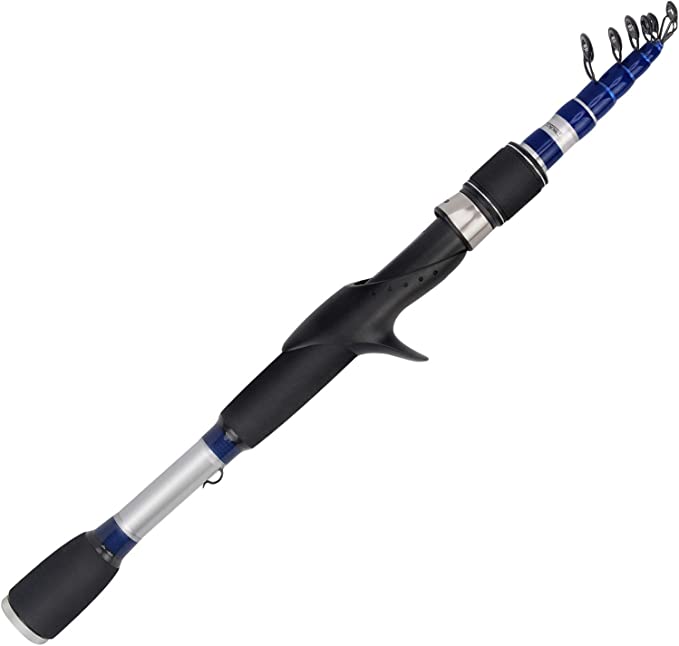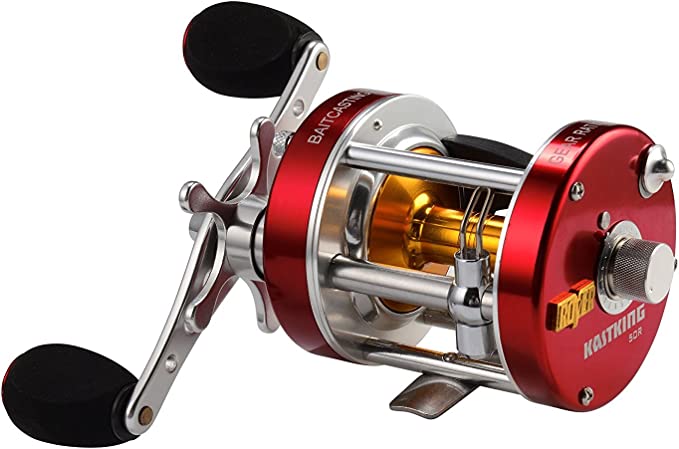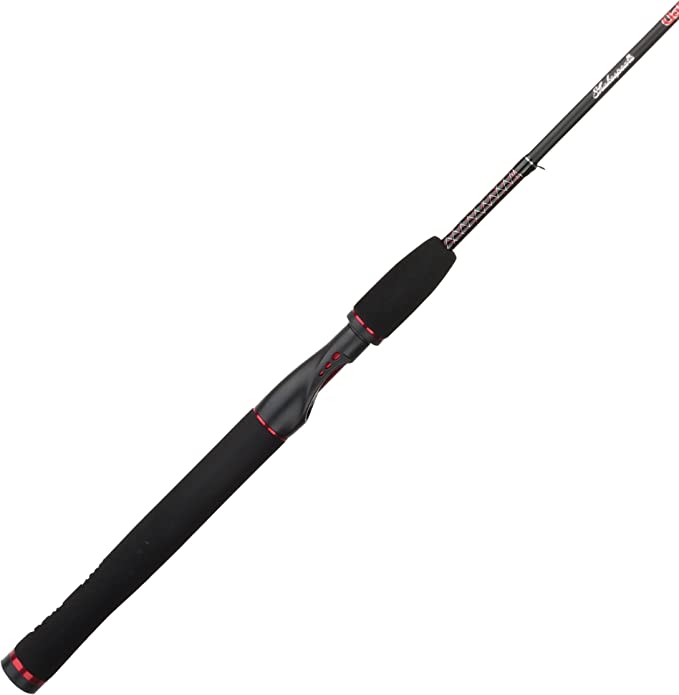Powerhorse LC4500i Inverter Generator: Your Reliable Companion for Power Outages and Outdoor Adventures
Update on Sept. 6, 2025, 5:57 p.m.
The quiet rumble of a generator can be a sound of profound relief. It’s the hum of a refrigerator saving food during a blackout, the soft glow of lights during a storm, the gentle thrum of a campsite coming to life. But for decades, this sound was anything but gentle—it was a cacophonous roar, a brute force approach to power generation that, while effective, felt like a compromise.
Then came a new kind of hum, a quieter, more sophisticated symphony. The modern inverter generator represents a fundamental shift in how we think about portable power. It’s not about brute force; it’s about intelligence and precision. The Powerhorse LC4500i, with its impressive 4500 surge watts and 3500 rated watts, is not just a tool; it’s a perfect case study in this engineering evolution, a testament to how refined technology can transform a once-clunky utility into a seamless extension of our modern lives.

The Symphony of Silent Power: A New Approach to Engineering
The most immediately striking feature of a modern inverter generator is its silence. A traditional portable generator, often likened to a lawnmower in a box, operates at a constant, deafening speed, regardless of the power it’s supplying. The sound is a fixed, unwavering roar. This is because its alternator is tied directly to the engine’s rotation—to maintain the required 60 Hz frequency for household devices, the engine must spin at a constant, high RPM (revolutions per minute), consuming fuel and creating noise whether you’re powering a single lightbulb or an entire refrigerator.
The Powerhorse LC4500i operates on a different principle. Its Engine Smart Control (ESC) system is an elegant solution to this problem. It’s a variable throttle mechanism that acts like a conductor in an orchestra. When only a single lamp is plugged in, the ESC system senses the low demand and slows the engine down to a gentle idle. The generator whispers, rather than roars, providing just enough energy for the task at hand. This not only keeps noise levels at a remarkably low 57 dB at ¼ load—comparable to the hum of a refrigerator or a normal conversation—but also dramatically improves fuel efficiency. As more devices are connected, the ESC system intelligently and automatically ramps up the engine speed to meet the increased load, all without the user ever having to think about it. It’s an example of applied engineering that prioritizes both user comfort and resource conservation.

The Invisible Current: Why Clean Power is a Modern Necessity
Beneath the quiet exterior lies the heart of the inverter generator’s true genius: its ability to produce “clean” power. For those accustomed to the robust, heavy-duty machinery of the past, the idea of a generator providing anything other than raw, unrefined power may seem strange. But our modern world is built on sensitive electronics.
A traditional generator’s output, often called “dirty power,” is characterized by a high Total Harmonic Distortion (THD). Imagine the smooth, rhythmic flow of electricity from a wall outlet as a perfect, smooth sine wave. Dirty power, by contrast, is a jagged, distorted wave, full of “electrical noise” or harmonic frequencies. These unwanted frequencies can confuse the delicate microprocessors in laptops, charge controllers for lithium batteries, or even medical equipment, leading to potential damage or reduced lifespan.
The Powerhorse LC4500i, like other high-quality inverter generators, uses a three-step process to produce power with less than 2% THD. The engine first produces a high-frequency alternating current (AC), which is then converted into direct current (DC) by an internal rectifier. This DC power is then meticulously refined by a sophisticated microprocessor, which uses a technique called Pulse-Width Modulation (PWM) to “draw” a perfect, clean sine wave. This wave is then inverted back into a stable AC current. The result is power that is virtually identical to what you get from a standard wall outlet, making it safe for all your most sensitive electronics. This technological leap means you no longer have to choose between a reliable power source and the safety of your devices.

A Material Legacy: The Engineering of Durability
The silent, clean power of an inverter generator is only as valuable as its durability. While the software and electronics are the brains, the engine and internal components are the brawn. The Powerhorse LC4500i is built with a 100% copper-wound alternator head. This choice of material is not arbitrary; it’s a nod to fundamental physics and materials science. Copper is an excellent conductor of electricity, far superior to aluminum. Its lower electrical resistance means that as current flows, less energy is wasted as heat. This reduced heat buildup is critical for the long-term health of the generator’s internal components, preventing overheating and extending the lifespan of the entire unit. It’s a quiet but crucial detail that speaks to a commitment to longevity.
The generator’s versatility is further showcased in its array of outlets, including a standard NEMA 5-20R 120V-20A outlet for most household electronics, a NEMA TT-30R 120V outlet commonly used for RVs, and two USB ports. This comprehensive connectivity, combined with a parallel-ready design that allows two units to double their output, provides a flexible, scalable power solution that can adapt to a wide range of needs—from a simple camping trip to a comprehensive home backup system.

From Faraday’s Dynamo to Your Campsite
The history of portable power is a story of gradual refinement. It began with Michael Faraday’s discovery of electromagnetic induction in the 1830s, leading to the creation of the first dynamos. For over a century, these machines were large, loud, and inefficient. The real turning point for portable, quiet power came much later, with the advent of solid-state electronics. In the late 1990s, companies like Honda pioneered the commercial inverter generator, proving that powerful, portable, and quiet energy was not a pipe dream.
The Powerhorse LC4500i stands on the shoulders of these pioneers. It’s a modern iteration of that groundbreaking idea—a box that contains the essence of a power grid, scaled down and made intelligent. It’s a tool that provides not just watts and volts, but peace of mind, allowing us to maintain our modern lifestyles and pursue our passions, no matter where our journey takes us. The quiet hum of an inverter generator isn’t just the sound of a machine working; it’s the sound of engineering at its most elegant, transforming a raw force into a harmonious, reliable companion for life’s many moments.







































